Home>Home Appliances>Home Automation Appliances>What Temp To Set Thermostat In Fall
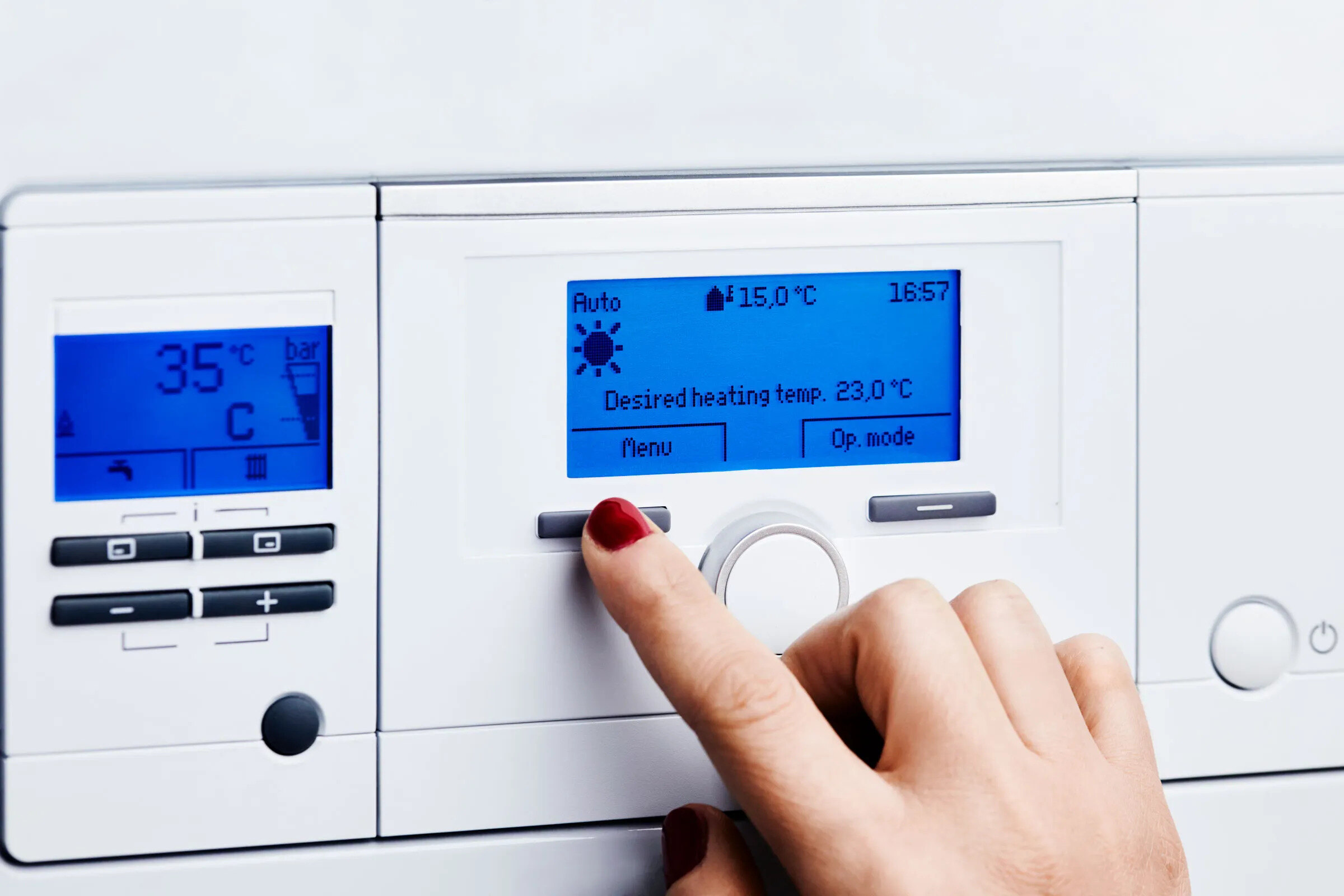

Home Automation Appliances
What Temp To Set Thermostat In Fall
Published: January 1, 2024
Find the ideal thermostat temperature for fall with our home automation appliances. Keep your home comfortable and energy-efficient as the weather changes.
(Many of the links in this article redirect to a specific reviewed product. Your purchase of these products through affiliate links helps to generate commission for Storables.com, at no extra cost. Learn more)
Introduction
Read more: What Is A Good Freezer Temp
Introduction
As the leaves begin to change and the air takes on a crisp edge, it's time to start thinking about adjusting your home's thermostat for the fall season. Finding the perfect temperature setting not only ensures your comfort but also plays a significant role in energy efficiency and cost savings. With the transition from the sweltering heat of summer to the cooler days of autumn, understanding the ideal thermostat setting is essential for maintaining a cozy and inviting indoor environment. In this article, we will explore the factors to consider when adjusting your thermostat for fall, the ideal temperature for this season, and energy-saving tips to help you strike the perfect balance between comfort and cost-effectiveness. Let's embark on this journey to discover the optimal thermostat setting for the fall season!
Factors to Consider
Key Takeaways:
- Embrace a flexible thermostat setting of 68-72°F during the day and 65-68°F at night in fall for a cozy home while saving energy. Consider personal preferences and use natural heating sources for added warmth.
- Optimize your home’s energy efficiency in fall by utilizing natural heating sources, maintaining HVAC systems, and leveraging programmable thermostats. Embrace energy-saving tips like sealing air leaks and layering clothing for added warmth.
Factors to Consider
When determining the ideal thermostat setting for the fall season, several factors come into play. Understanding these considerations can help you make informed decisions to create a comfortable and energy-efficient indoor environment.
- Outdoor Temperature: The fluctuating outdoor temperatures during fall can influence the indoor climate. Monitoring the outdoor weather patterns and adjusting your thermostat accordingly can help maintain a consistent and comfortable indoor temperature.
- Home Insulation: The level of insulation in your home significantly impacts how heat is retained. Well-insulated homes require less energy to maintain a comfortable temperature, allowing for more flexibility in thermostat settings.
- Personal Comfort Preferences: Individual comfort preferences vary, and it’s essential to consider the comfort levels of all household members when setting the thermostat. Finding a balance that accommodates everyone’s preferences is crucial for a harmonious indoor environment.
- Daytime and Nighttime Temperature Variations: During the fall, there can be significant temperature variations between daytime and nighttime. Adjusting your thermostat to account for these fluctuations can help optimize energy usage without compromising comfort.
- Natural Sunlight and Shade: The amount of natural sunlight entering your home and the presence of shading from trees or structures can impact the indoor temperature. Leveraging natural sunlight for warmth and strategically using shades to block out excessive heat can influence your thermostat settings.
By considering these factors, you can tailor your thermostat settings to align with your specific needs and create a comfortable indoor environment that reflects the unique characteristics of the fall season.
Ideal Temperature for Fall
Read more: How To Prepare Fall Floral Arrangements
Ideal Temperature for Fall
As the fall season unfolds, finding the perfect thermostat setting to maintain a comfortable indoor temperature is a top priority for many homeowners. The ideal temperature for fall strikes a balance between comfort, energy efficiency, and cost savings. By fine-tuning your thermostat settings, you can create a cozy and inviting atmosphere while optimizing energy usage. Here’s a closer look at the recommended thermostat settings for the fall season.
During the daytime, a recommended starting point for the thermostat setting in the fall is around 68 to 72 degrees Fahrenheit (20 to 22 degrees Celsius). This range allows for a comfortable indoor temperature while minimizing energy consumption. However, personal preferences and the factors mentioned earlier should also be taken into account when setting the thermostat.
As evening approaches and outdoor temperatures drop, adjusting the thermostat slightly lower, such as around 65 to 68 degrees Fahrenheit (18 to 20 degrees Celsius), can promote restful sleep and conserve energy. Many individuals find this temperature range conducive to a good night’s sleep while avoiding unnecessary energy usage.
It’s important to note that these recommended temperature ranges serve as starting points and can be adjusted based on personal comfort preferences, household dynamics, and regional climate variations. By embracing a flexible approach to thermostat settings, you can tailor the indoor climate to suit your specific needs while maximizing energy efficiency.
Moreover, programmable thermostats offer a convenient way to automate temperature adjustments throughout the day, aligning with your daily routine and activities. By programming your thermostat to lower the temperature when you’re away or asleep and raising it when you’re active at home, you can achieve significant energy savings without sacrificing comfort.
Ultimately, the ideal temperature for fall is a dynamic concept that allows for personalization and adaptation to changing environmental conditions. By leveraging the right thermostat settings, you can create a warm and inviting home environment while optimizing energy usage during the beautiful autumn season.
Energy Saving Tips
Energy Saving Tips
Embracing energy-saving practices during the fall season not only promotes environmental sustainability but also contributes to cost savings. By implementing simple yet effective strategies, you can optimize your home’s energy efficiency while maintaining a comfortable indoor environment. Here are some valuable energy-saving tips to consider as you adjust your thermostat for fall:
- Utilize Natural Heating Sources: Capitalize on natural heating sources, such as sunlight, by keeping curtains open during the day to allow warmth to enter your home. Conversely, close curtains and blinds in the evening to insulate against cooler outdoor temperatures.
- Regular HVAC Maintenance: Schedule routine maintenance for your heating, ventilation, and air conditioning (HVAC) system to ensure optimal performance. Clean or replace air filters, check ductwork for leaks, and have the system professionally serviced to enhance efficiency.
- Programmable Thermostat Optimization: Take full advantage of programmable thermostat features to create temperature schedules that align with your daily routine. By automating temperature adjustments, you can conserve energy when you’re away from home or asleep.
- Seal Air Leaks: Inspect windows, doors, and other potential air leakage points in your home. Seal any gaps or cracks to prevent heat loss, enhancing the effectiveness of your HVAC system and reducing energy consumption.
- Layer Clothing Indoors: Encourage family members to layer clothing for added warmth during cooler fall days. This allows you to maintain a slightly lower thermostat setting without compromising comfort, leading to energy savings.
- Ceiling Fan Utilization: Reverse the direction of your ceiling fans to create an updraft, gently pushing warm air down from the ceiling. This simple adjustment can help distribute heat more effectively, allowing you to lower your thermostat setting without sacrificing comfort.
- Optimal Nighttime Temperature: Lowering the thermostat at night while using extra blankets or bedding can promote energy savings without sacrificing comfort. Finding a slightly cooler nighttime temperature that suits your sleep preferences can contribute to reduced energy consumption.
By incorporating these energy-saving tips into your fall routine, you can enhance your home’s energy efficiency, reduce utility costs, and contribute to a more sustainable living environment. Making conscious choices to conserve energy not only benefits your household but also supports broader efforts to promote eco-friendly practices.
Conclusion
Read more: What Temp For Hot Tub In Summer
Conclusion
As the fall season unfolds, adjusting your thermostat to create a comfortable and energy-efficient indoor environment is a thoughtful endeavor that encompasses various factors. By considering outdoor temperatures, home insulation, personal comfort preferences, and other influential elements, you can tailor your thermostat settings to align with the unique characteristics of fall.
When determining the ideal temperature for fall, it’s essential to strike a balance between comfort and energy efficiency. Recommended thermostat settings typically range from 68 to 72 degrees Fahrenheit (20 to 22 degrees Celsius) during the day and slightly lower, around 65 to 68 degrees Fahrenheit (18 to 20 degrees Celsius) at night. However, these ranges are flexible and can be adjusted based on individual preferences and household dynamics.
Implementing energy-saving tips, such as leveraging natural heating sources, optimizing programmable thermostats, sealing air leaks, and utilizing ceiling fans effectively, can further enhance your home’s energy efficiency during the fall season. These simple yet impactful strategies not only contribute to cost savings but also support environmental sustainability.
As you embark on this journey to fine-tune your thermostat settings for fall, remember that personal comfort and energy conservation can coexist harmoniously. By embracing a flexible and mindful approach to thermostat adjustments, you can create a warm and inviting indoor environment while optimizing energy usage.
Ultimately, the transition to fall presents an opportunity to reassess your home’s energy management practices and make conscious choices that benefit both your household and the environment. By incorporating the insights and recommendations shared in this article, you can embark on the fall season with confidence, knowing that your thermostat settings are optimized for comfort, energy efficiency, and sustainability.
Frequently Asked Questions about What Temp To Set Thermostat In Fall
Was this page helpful?
At Storables.com, we guarantee accurate and reliable information. Our content, validated by Expert Board Contributors, is crafted following stringent Editorial Policies. We're committed to providing you with well-researched, expert-backed insights for all your informational needs.
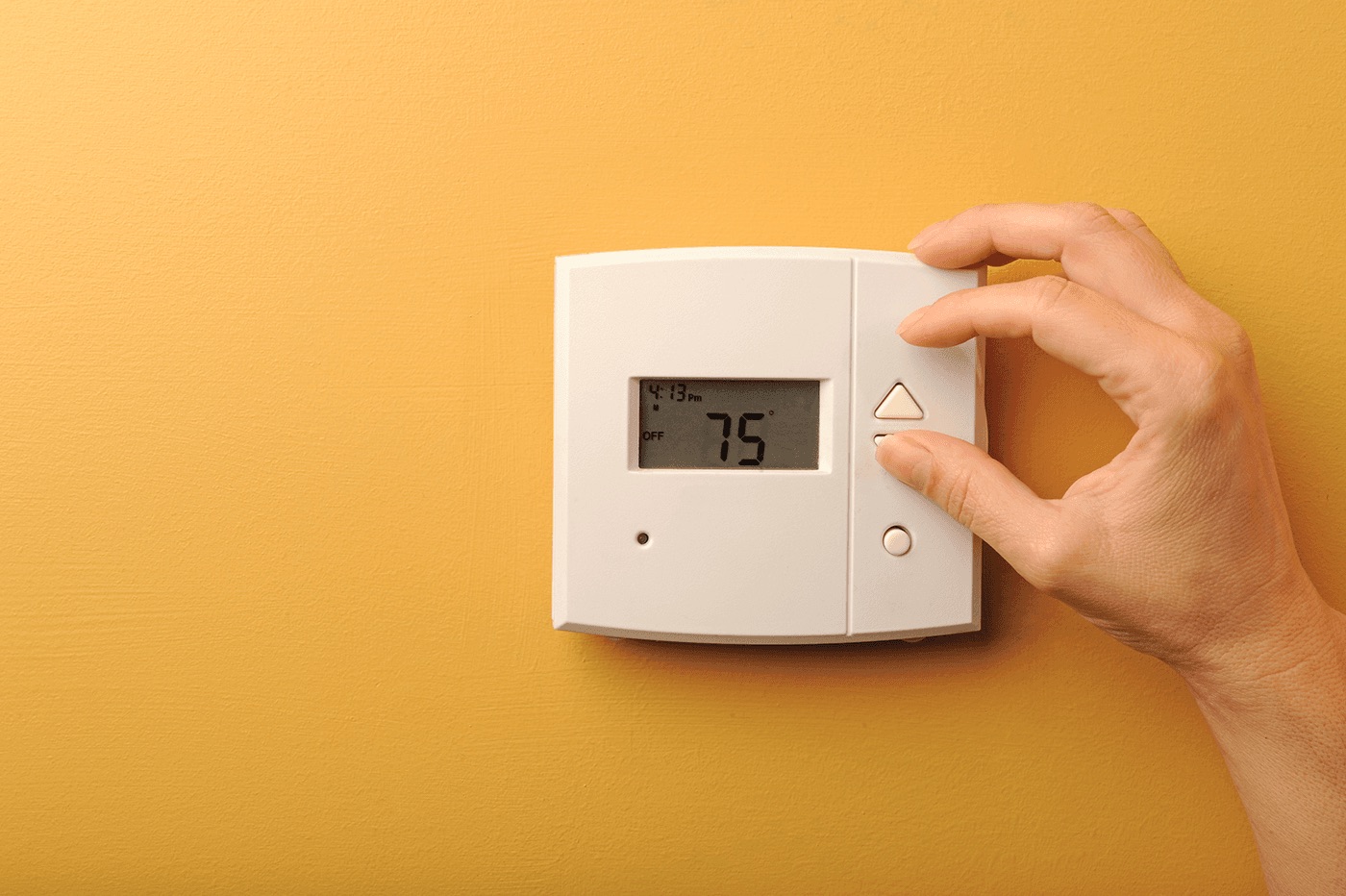
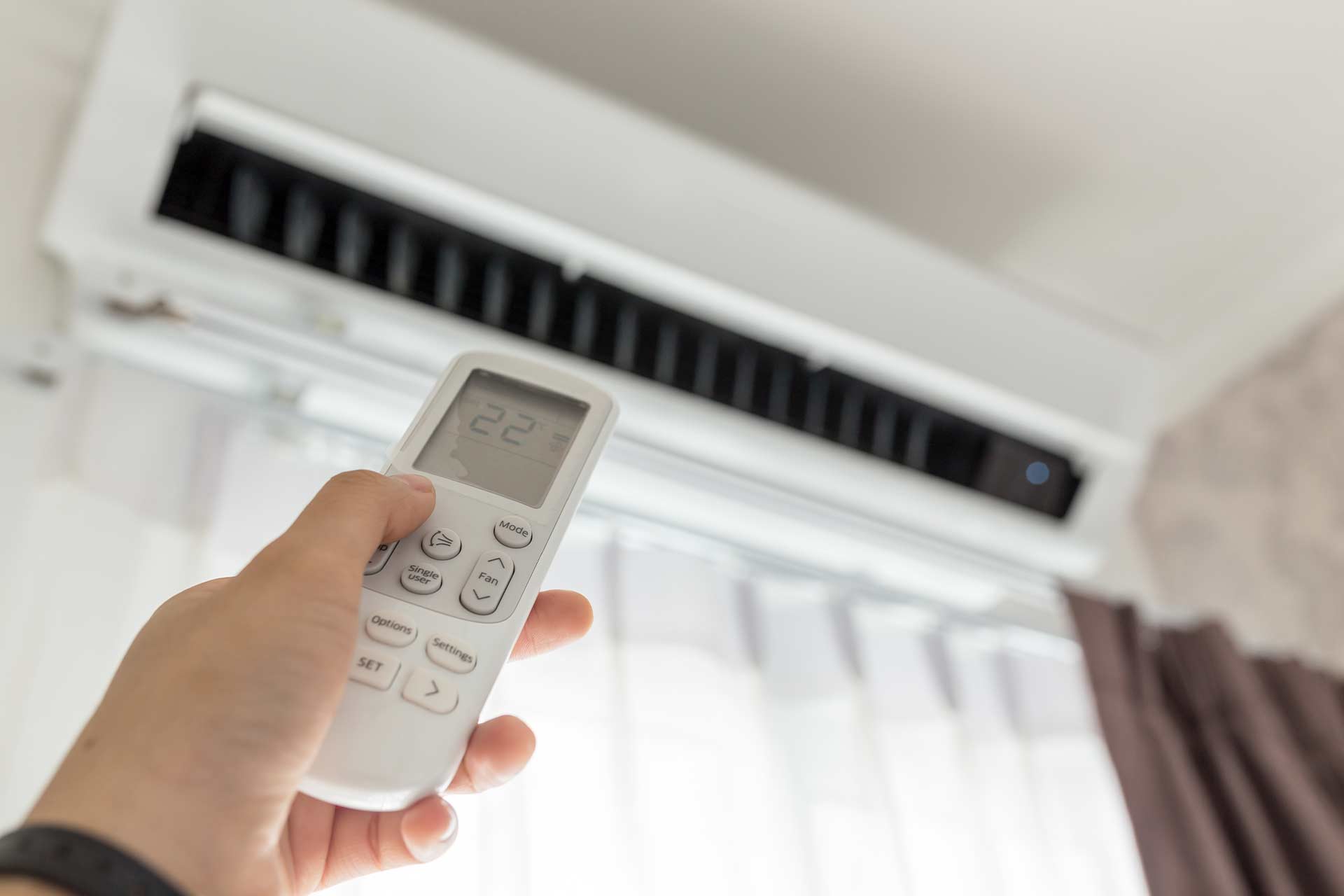
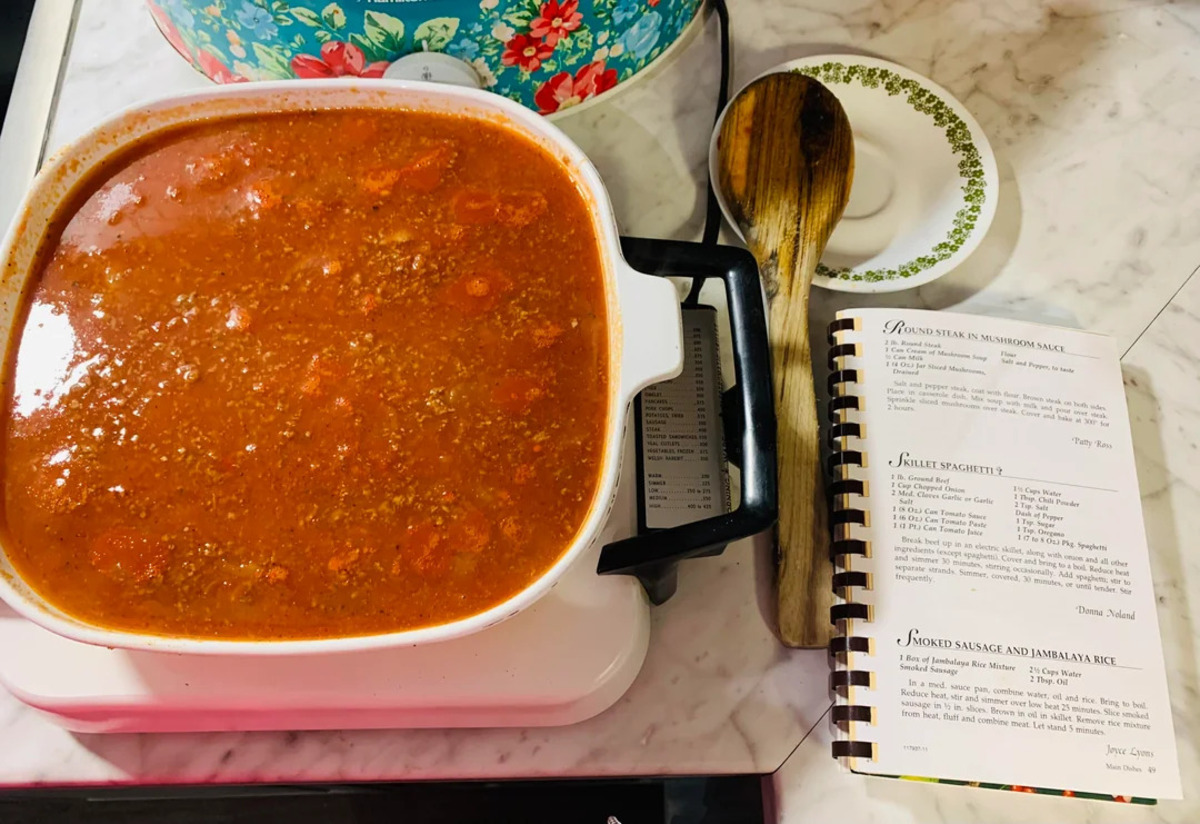
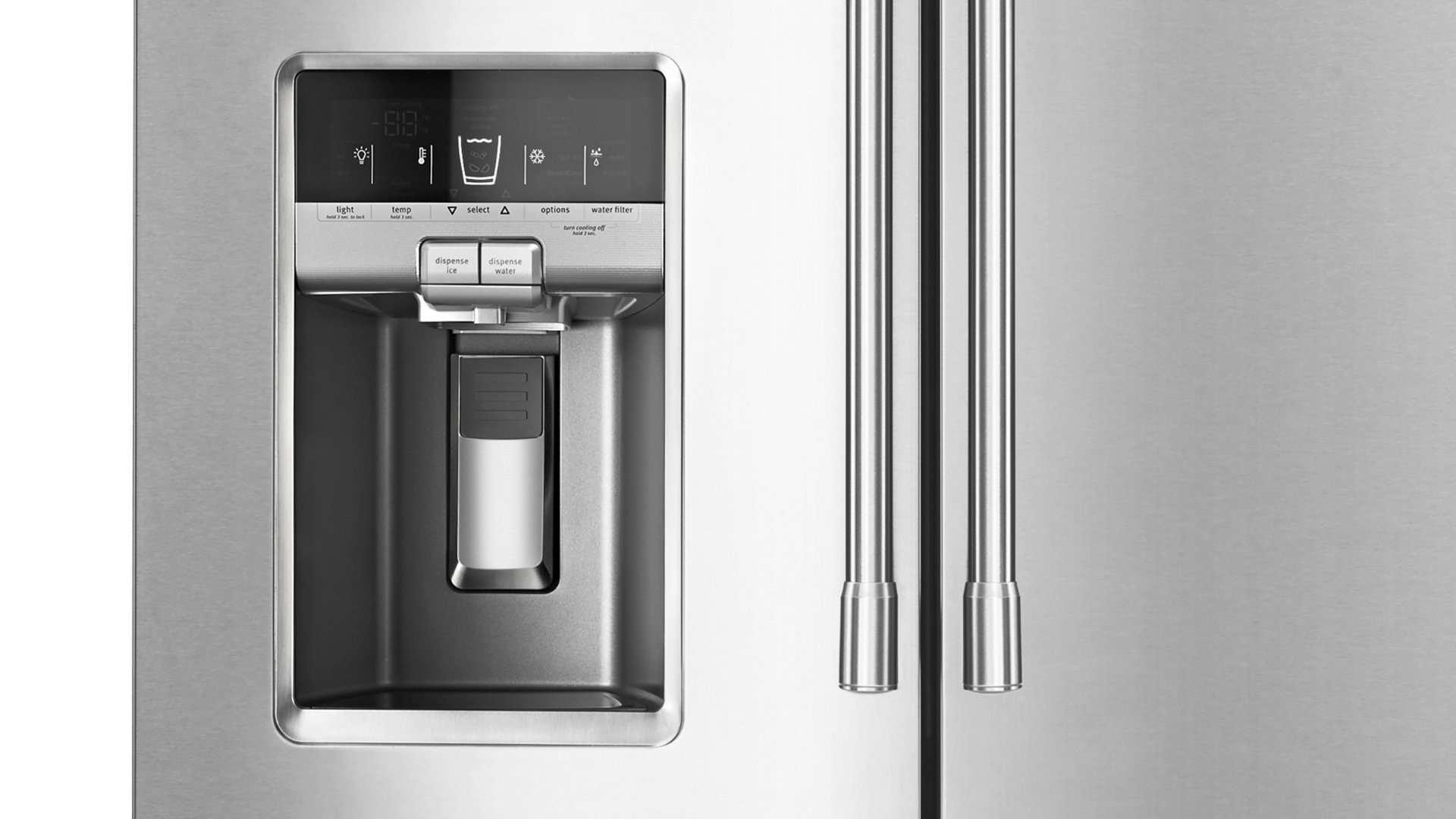
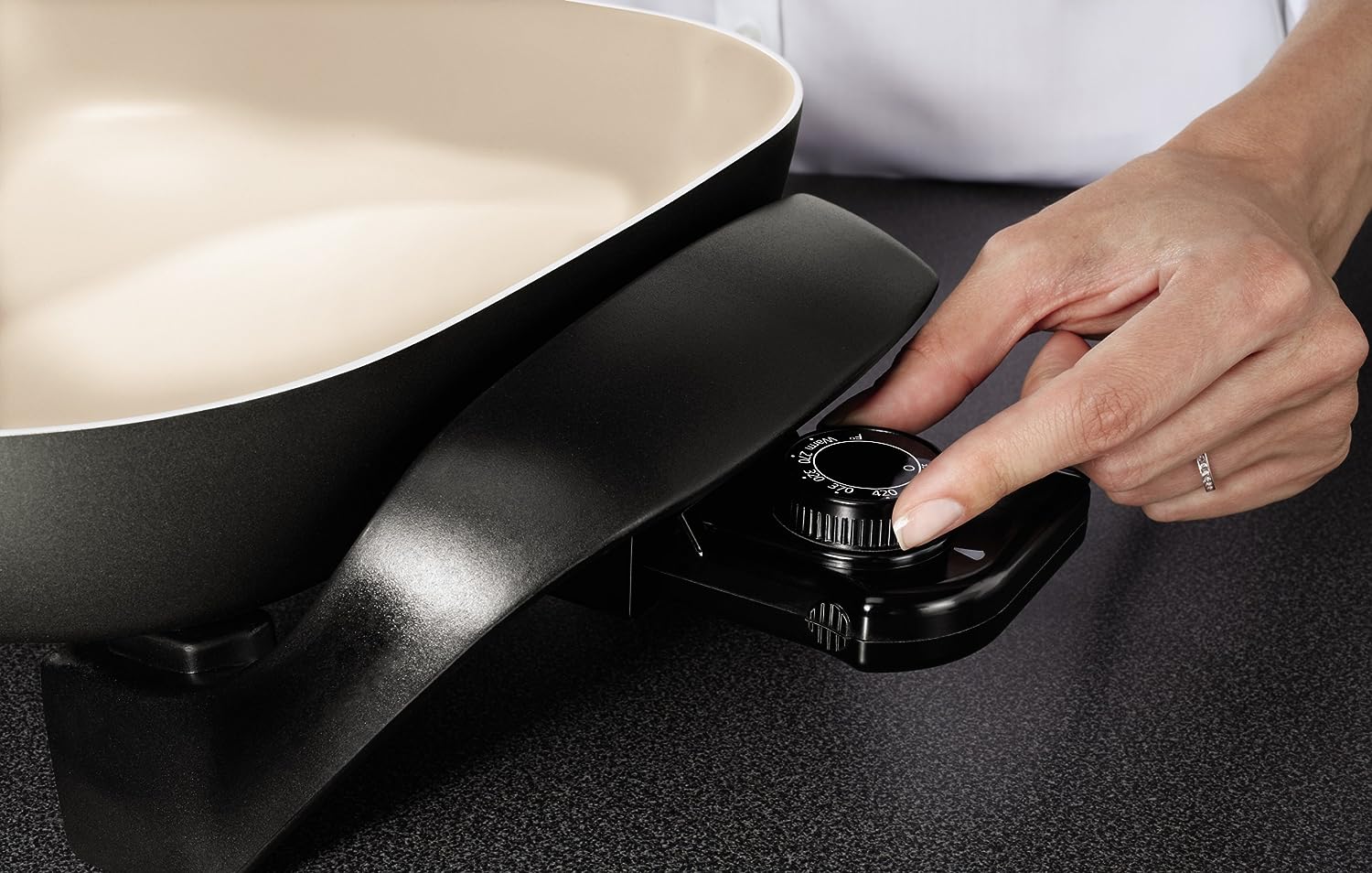

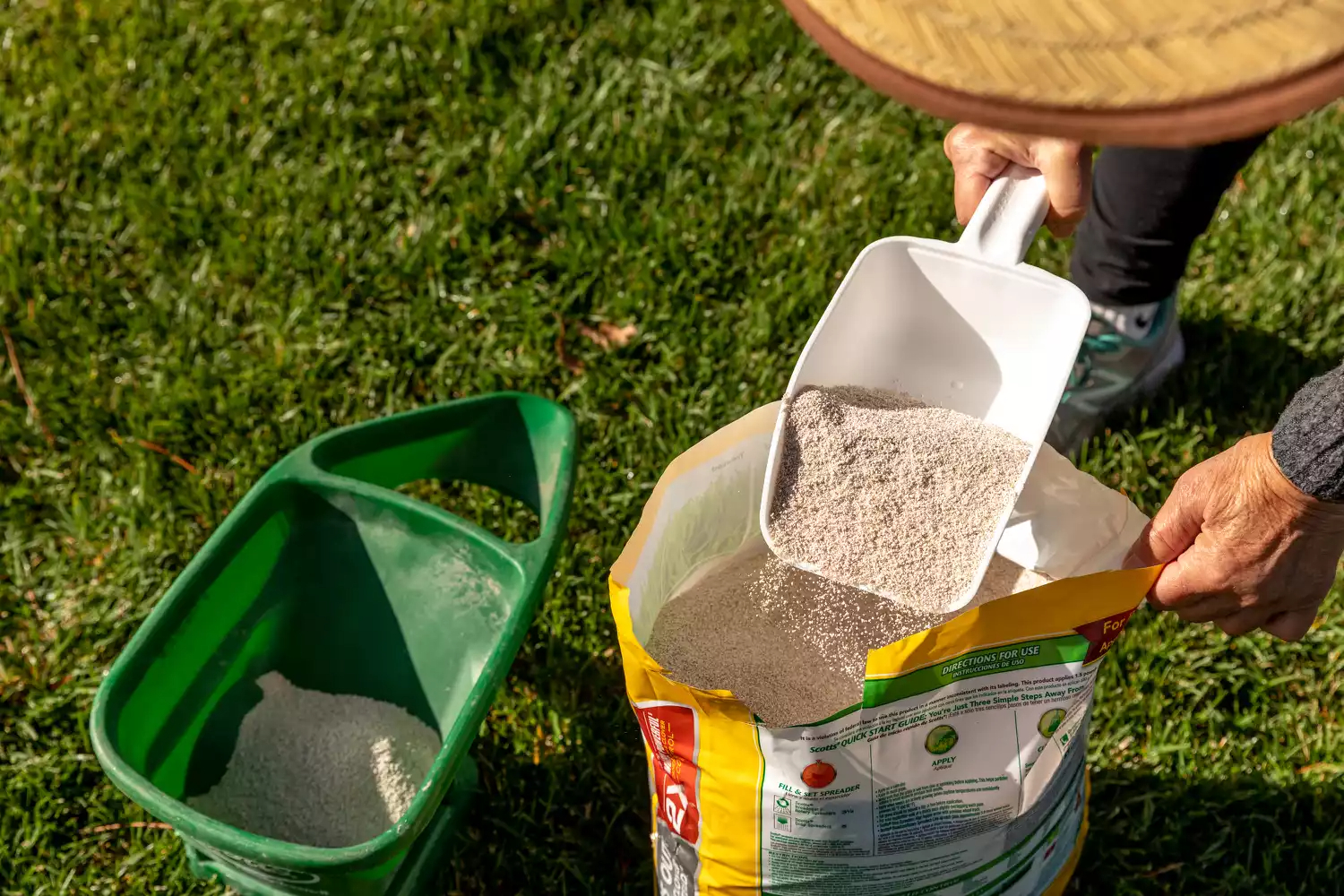

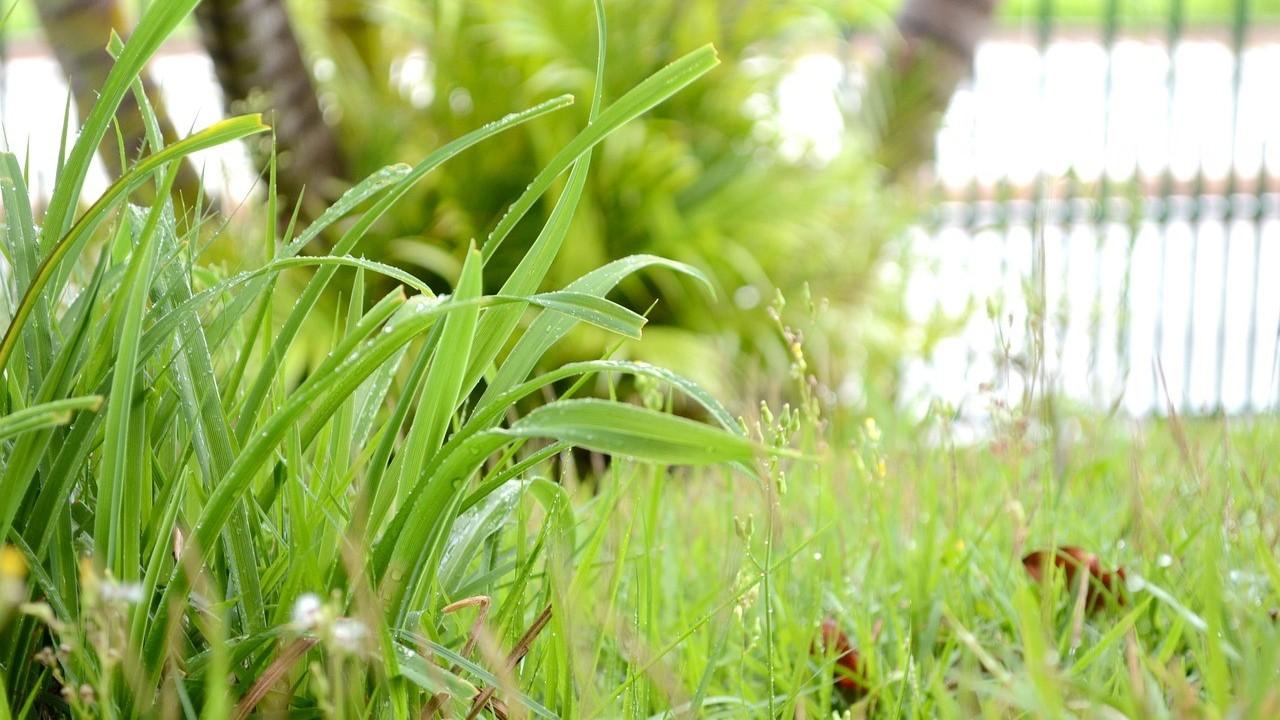

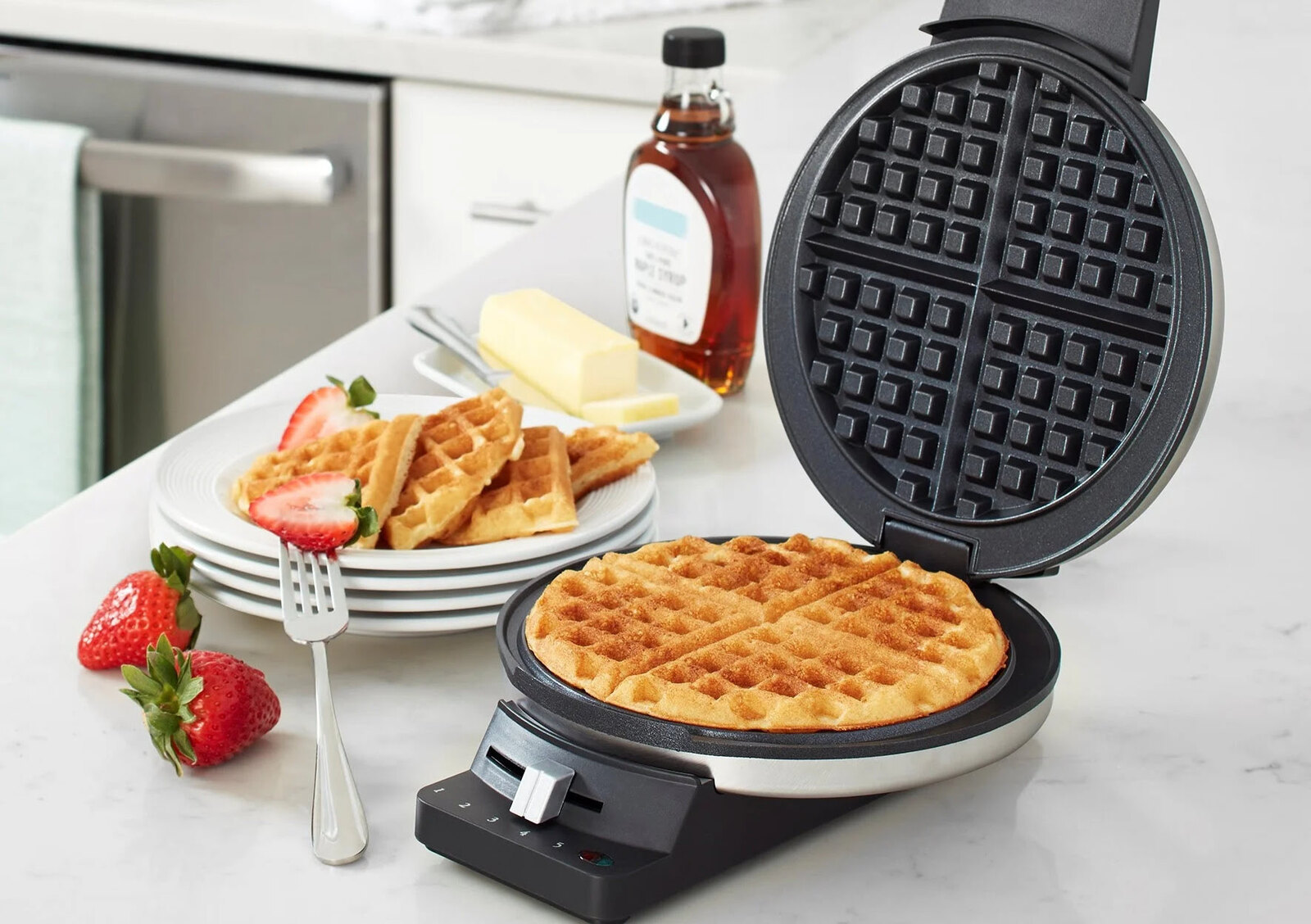

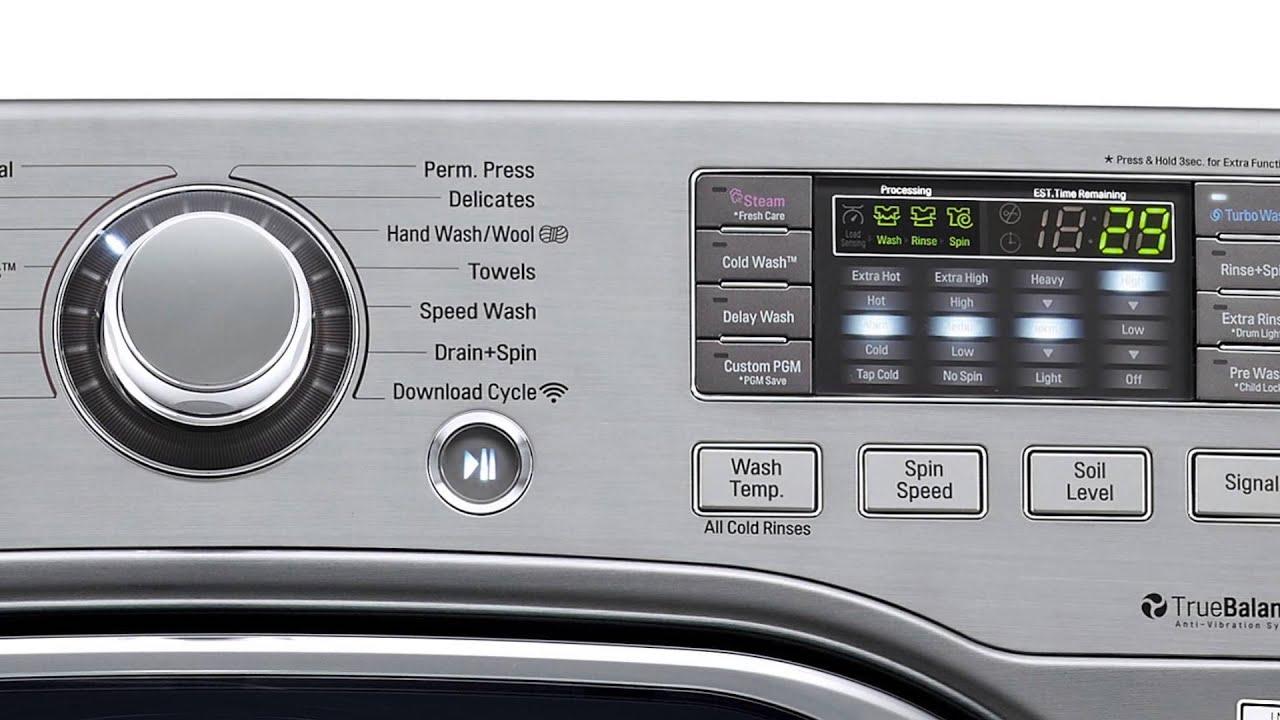

0 thoughts on “What Temp To Set Thermostat In Fall”